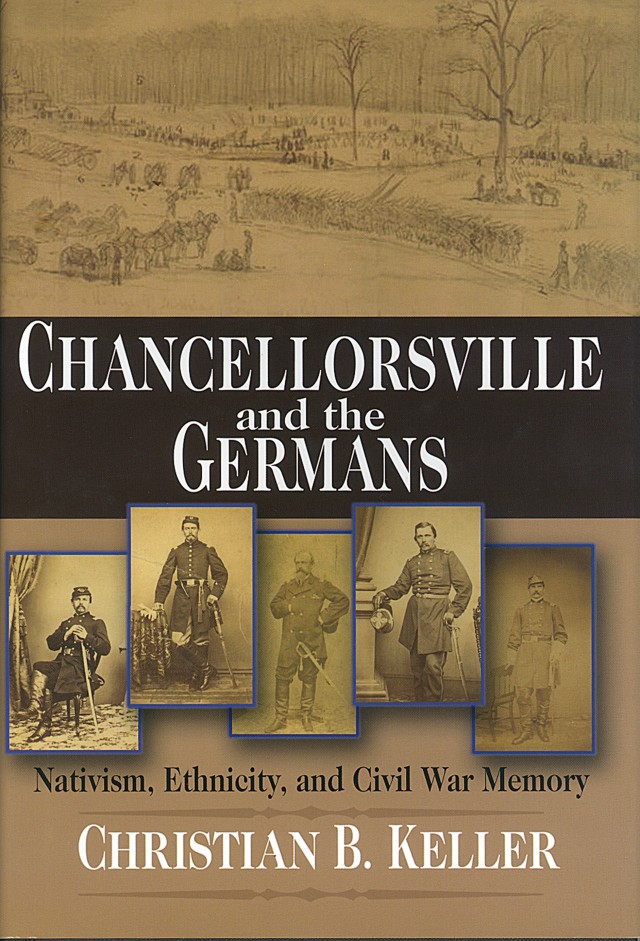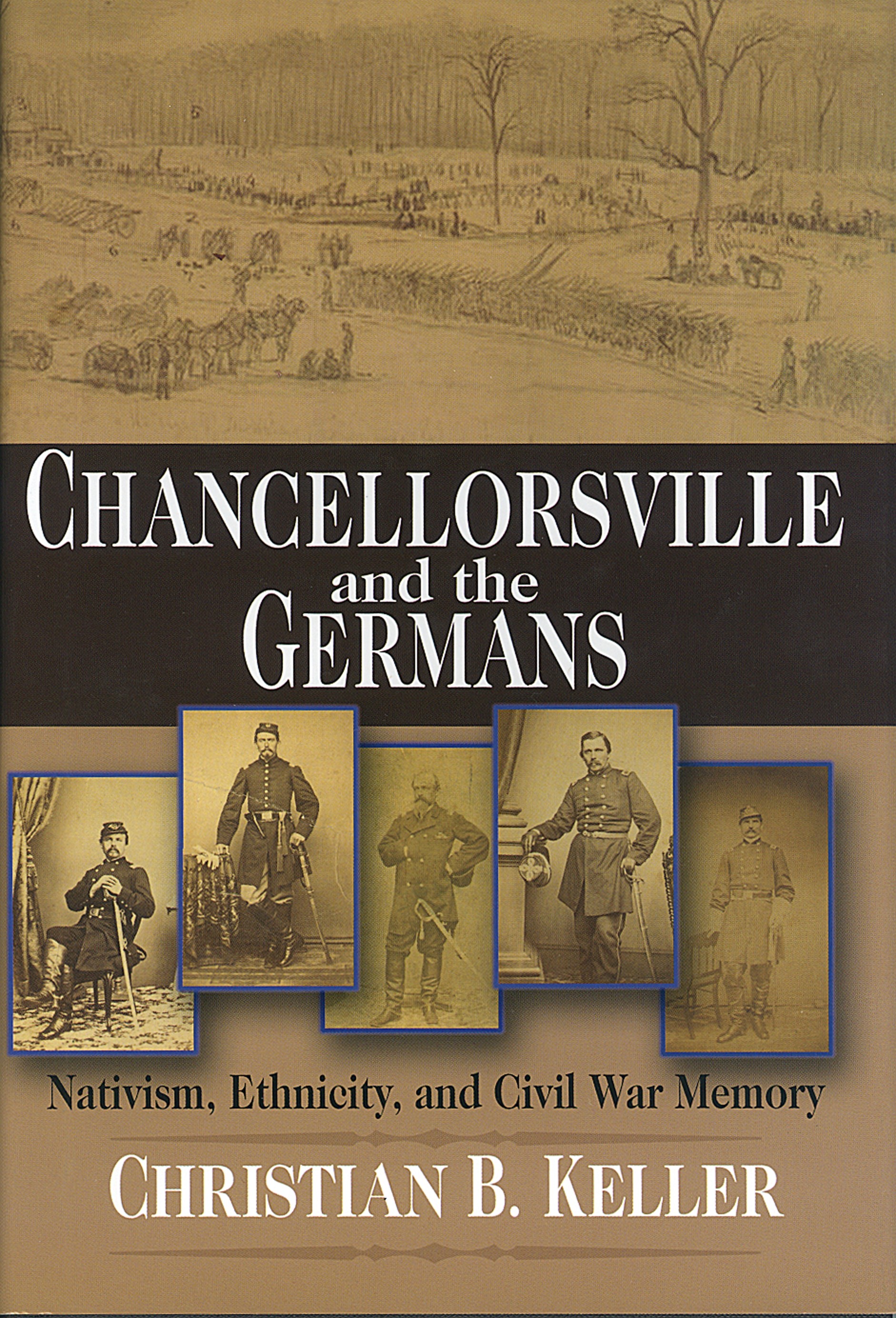Belvoir author's new book revises accounts of the German effort
FORT BELVOIR, Va. -- Not many people have the opportunity to rewrite history.
Christian B. Keller, an associate professor of history at the U.S. Army Command and General Staff College at Fort Belvoir, recently did just that.
His recently published book, "Chancellorsville and the Germans: Nativism, Ethnicity, and Civil War Memory," presents evidence that is at odds with the generally held opinions that the Battle of Chancellorsville, from April to May 1863, was lost due to the Germans' poor fighting abilities.
Chancellorsville holds a particular interest for residents and employees of Belvoir, due to its proximity in Northern Virginia. The battlefield is only an hour's drive from the installation and is frequented as a staff ride destination for employees and students in the area.
Although the battle solved little in the strategic situation in the Civil War, it is considered Robert E. Lee's greatest tactical victory and has always offered numerous lessons-learned.
The battle has been considered a watershed for German Americans who made up a significant portion of the XI Army Corps of the Army of the Potomac. The attacks and rout of the XI Corps by Confederate general "Stonewall" Jackson's flanking column late on the afternoon and evening of May 2 set the stage for the strongest anti-German backlash since the rise of the extensive nativist movement in the 1850s.
The uproar over the performance of the largely German soldiers and regiments spread extensively throughout the Army of the Potomac and the North. This backlash succeeded in restoring the overall morale of the Army at the expense of its ethnically German element.
Simply put, the German regiments in the XI Corps became the scapegoats for the entire Union defeat in the battle, despite the failures of leadership at the most senior levels.
Keller has researched many previously unused, primary source documents and letters, many of them written in German, that paint a far different picture of what took place that day. He also researched many newspapers published throughout the North.
He uncovers facts that show Chancellorsville was a seminal event in the history of German Americans. His account shows the soldiers as neither heroes nor wretches, but, as soldiers who performed as professionally as their U.S. counterparts.
Among the 27 infantry regiments in the corps, 15 were considered "foreign" regiments. Of that number, 11 were exclusively German; the other four were "mixed" nationalities. Germans had always maintained strong communities throughout the North in the 19th century, and these enclaves produced homogeneous ethnic units. According to Keller, the battle results significantly reduced German ardor for the prosecution of the war, and made them distrustful of the Federal war effort.
He points out that Northern war correspondents, who were not present on the right flank of the Army of the Potomac where the XI Corps fought its battle; and Anglo American Army officers, who voiced a lot of negative comment about the XI Corps efforts; consistently developed misconceptions of the Germans' role in the battle. The Germans were condemned, and labeled the "Flying Dutchmen."
However, Keller describes a measured delay of the XI Corps on three separate lines rather than a "hell-for-leather" stampede once the Confederate attack starts. Organized resistance at the Wilderness Church, at Dowdall's Tavern and at the Buschbeck Line, each held up the Confederate advance for approximately 20 to 25 minutes.
That resistance effectively used up the available daylight, and gave other Federal forces time to mount a new defense line closer to the clearing at Chancellorsville.
Keller states that, under the circumstances, the Germans fought as well as could be expected. They were simply overpowered by overwhelming numbers. The blame for the defeat, even now, continues to be debated.
At the time, the Germans continually felt slighted. Many Northerners jumped to conclusions, and the Germans continued to feel that, "the Americans don't like us."
After Chancellorsville, as the German regiments marched north into Pennsylvania, they hoped for a chance to redeem their fighting reputations, with later, unfortunate, results at Gettysburg.
Keller's book is a highly recommended read. It is a thought-provoking look at an alternative account of what happened on a Northern Virginia battlefield on that May day in 1863 and thereafter.
(Keller holds a Ph.D. from Penn State University in American History and is the co-author of "Damn Dutch: Pennsylvania Germans at Gettysburg.")


Social Sharing